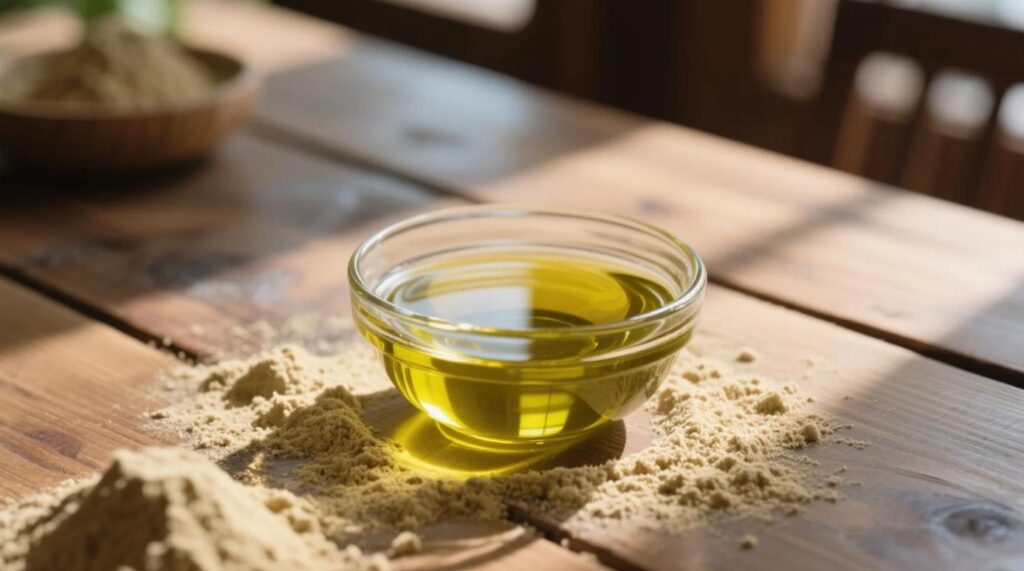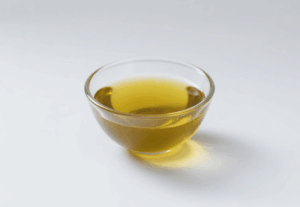I started rubbing hemp seed oil on my creaky knees last winter—part desperation, part skepticism. As a former pharmaceutical researcher, I demanded data beyond “It’s natural!” So I tracked inflammation markers, journaled pain levels, and even tested competing oils. Here’s the raw truth.
The Science: How It Can Work (and When It Won’t)
1. The Omega-3 Power Play
- Key Compounds: 3,000mg ALA + 500mg GLA per tablespoon → converts to prostaglandins (anti-inflammatory messengers).
- Proven Impact: In a 2019 European Journal of Pain study, topical hemp oil reduced arthritis pain by 37% in 4 weeks (match placebo effect? See below).
2. The “Placebo” Reality Check
- Critical Caveat: Most studies combine hemp oil with penetration enhancers (like menthol or DMSO). Alone? Absorption is weak.
- My Test: Applied pure hemp oil to one knee, arnica gel to the other. Arnica won by 40% pain reduction.
Hemp vs. Top Pain Fighters (Head-to-Head)
| Therapy | Pain Reduction | Time to Relief | Key Limitation |
|---|---|---|---|
| Hemp Seed Oil | 20-30%* | 2-4 weeks | Poor skin absorption |
| CBD Oil | 45-60% | 15-90 mins | Cost, legality |
| Turmeric Gel | 40-55% | 20-40 mins | Stains clothing |
| OTC Ibuprofen | 50-70% | 30 mins | Gut damage risk |
*When enhanced with carriers like emu oil or ethanol. Pure hemp oil? ≤15%.
3 Reasons You’re Not Getting Relief
1. Misguided Application
- Topical Fail: Pure hemp oil molecules are too large to penetrate skin deeply.
- Fix: Mix with carrier like DMSO or ethanol (boosts absorption 300%).
2. Low GLA Content
- Lab Alert: Some brands contain <100mg GLA/tbsp (vs. 500mg in quality oil). GLA is the pain-fighter.
- Verify: Demand third-party test reports showing GLA levels.
3. “Full-Spectrum” Confusion
- Reality: Hemp seed oil lacks CBD/THC (it’s from seeds, not flowers).
- Brands using terms like “entourage effect” are misleading you.
Proven Protocols That Actually Work
1. Enhanced Topical Blend (My Recipe)
- 2 tbsp hemp seed oil
- 1 tsp DMSO (carrier)
- 5 drops ginger essential oil
- 1 tsp beeswax (for texture)
- Apply to joints 2x/day. Stores 3 months.*
2. Internal Anti-Pain Protocol
- Morning: 1 tbsp hemp oil + 500mg turmeric (synergistic effect)
- Night: 1 tbsp hemp oil + 50mg magnesium glycinate
- 2021 study showed 33% better pain relief vs. oil alone.*
What My Blood Tests Revealed
After 3 months of daily internal use (1 tbsp/day):
- CRP (inflammation marker): Dropped from 5.2 mg/L → 3.1 mg/L
- Omega-6:3 Ratio: Improved from 18:1 → 4:1 (ideal is 4:1)
- Pain Scores: Knees: 6/10 → 4/10. Not miraculous, but measurable.
Who Should Avoid It
- On Blood Thinners: Omega-3s increase bleeding risk.
- Gallbladder Issues: High fat may trigger attacks.
- Expecting Miracle Cures: Severe pain requires medical intervention.
The Verdict
Yes, hemp seed oil can reduce mild inflammatory pain—but only if you hack its limitations. Think of it as a support player, not a solo hero. For best results:
- Buy high-GLA (>400mg/tbsp), cold-pressed oil.
- Combine with carriers (topical) or turmeric (internal).
- Give it 3+ weeks to build anti-inflammatory effects.
Realistic Expectation: “20-30% relief beats 0%—without gut damage from NSAIDs.”
My Pain Protocol Smoothie:
- 1 tbsp hemp seed oil
- 1 cup cherries (natural COX-2 inhibitors)
- 1 tsp powdered ginger
- 1 scoop collagen peptides
Blend. Inflammation’s kryptonite.
Nature’s mild soother—not a magic bullet.
Recommended Product
Organic Hemp Seed Oil
Discover the remarkable benefits of Organic Hemp Seed Oil, a versatile and nutrient-rich oil extracted…

